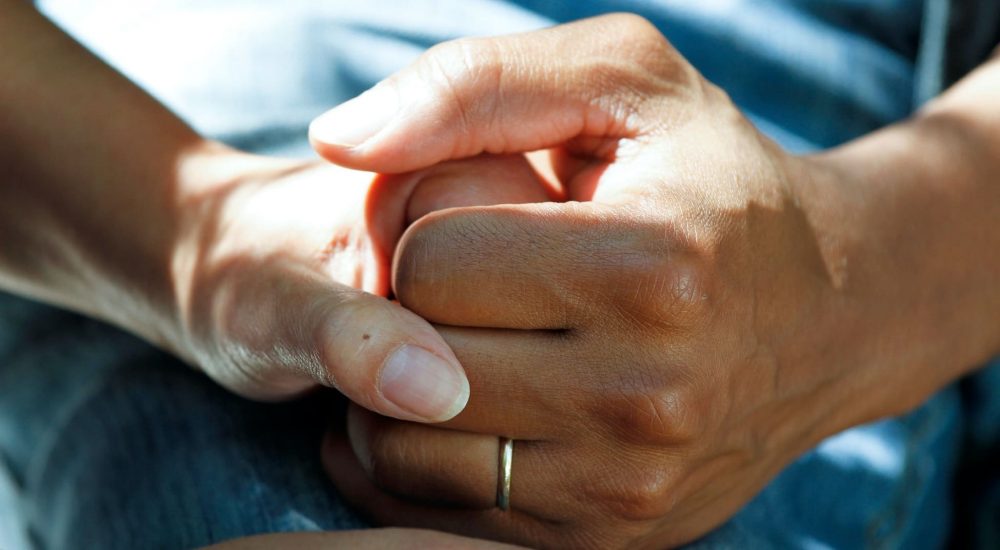 Judith Dawson is a salaried GP and trainer in Kettering
Judith Dawson is a salaried GP and trainer in Kettering
Today I listened to a pioneering female professor of surgery discussing her life and experiences with a radio presenter. She came across as a cultured, intelligent and sympathetic individual who had pursued her career despite significant societal obstacles. During the discussion, she laughed with the journalist over the case of a patient seen in her clinic. She had taken a history and then fully examined this individual. At the end of the examination, he asked “So when do I see the professor of surgery?”
Both she and the presenter commented on the extraordinary behaviour of someone who is willing to take off their clothes and allow a physical examination from an unknown person. In fact, what this anecdote illustrates is the behaviour of an anxious and vulnerable patient in the face of a disorientating situation. I wonder whether the Professor in question had fully introduced herself? Perhaps she had relied on the existence of a nameplate on the door or her name badge, forgetting how anxiety can distort the ability to process written information? Had she explained and gained informed consent for the examination process?
Many clinical situations force patients into disempowered vulnerability.
Many clinical situations force patients into disempowered vulnerability, and there is no more vulnerable state than nakedness. There is a tacit agreement, when a patient disrobes, that their nakedness should be treated with respect and confidentiality. However what we see more frequently is a thoughtless and sometimes cruel approach. Many clinics require patients to wear hospital gowns which are cold, revealing and depersonalising, even when there is no medical need for them. Negotiating the boundary between dressed and naked may be physically difficult as well. Patients struggle to do up their bra, shirt or shoelaces, often while the clinician continues to talk to them as if their attention is unhindered. My husband is unable to wash up a plate and talk at the same time, so I am sure that many will have difficulty assimilating new medical information while trying to dress in a clinic setting.
Attitudes to dress and undress pervade every social encounter, as first perceptions are influenced by appearance. Competence, confidence, and credibility have been shown to be assigned in the first 12 seconds of an interaction. One professor of paediatrics, writing in the BMJ on this topic, commented “If you want to be a bull-fighter, first, you have to look like one”. Studies have shown that patients have great difficulty in discriminating between staff grades and that they perceive hospital scrubs as suitable clothing for doctors to help them with identification.
In the current Covid setting a patient this week commented that I looked more like a vet than a doctor as I approached the bed to examine her abdomen and perform a gynaecological examination. I felt obliged to stop and reassure her in order to expunge the troubling images that she must have harboured to make that comment.
The very least we can do is explain who we are and what is needed to the individual who will literally bare all before us.
I have worked for an obstetrician who refused to see antenatal patients if they were wearing jeans as she felt it was disrespectful to her, and a breast surgeon who took great pains to expose only one breast at a time in initial consultations, but with post mastectomy patients did not accord them a similar courtesy in covering their torso. There could be no clearer signal of his interpretation of their postoperative nakedness as no longer carrying any sexual significance.
It is incumbent on us, as those in charge of the consultation process, to set the boundaries and to speak up if the clinical setting does not allow patients to be treated with respect and dignity. We should not wait for errors to occur before ensuring that clinician names are clear, that adequate screens or curtains are in place, and that patients are fully dressed before important discussions occur. The very least we can do is explain who we are and what is needed to the individual who will literally bare all before us.
Featured photo by National Cancer Institute on Unsplash






